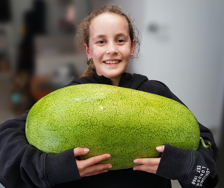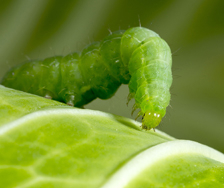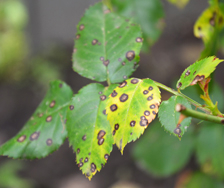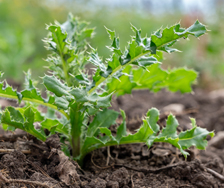Yates Account
Join now
Create a Yates account today!
Sign up to join the Yates Garden Club for monthly e-mails packed with seasonal inspiration, tips for success & exclusive promotions.
Plus if you’re a Garden Club member you can take part in the Yates Growing Community - a blog to share successes, get advice & win prizes in fun challenges along the way!

Forgot password
Enter the email address associated with your account, and we'll email you a new password.
Cortaderia spp.

Common Pampas (Cortaderia selloana)
What is Pampas Grass?
There are two weedy pampas species in NZ: Common Pampas (Cortaderia selloana) and Purple Pampas (Cortaderia jubata).
Native to South America, this attractive but highly invasive grass was introduced into NZ in the 1800s. Tussock forming pampas grass (AKA ‘cutty grass’) was intended for use as a shelter plant and a source of fodder, but because of its ability to spread rapidly by wind-blown seed, it quickly escaped and naturalised in felled bush areas and along roadsides.
In situations where pampas can get ample sunlight, it invades disturbed ground or regenerating bush, growing into dense stands that crowd out native vegetation. Pampas tussocks also provide comfortable homes for rodents and possums.

Purple Pampas (Cortaderia jubata)
Pampas grass grows in clumps, with long, slender bluish-green leaves, up to 2m long. The leaves narrow to pointed tips, with very sharp finely toothed edges and a distinct mid-vein running along the centre. From mid-summer through autumn, large feathery flowers appear at the top of thick stems, reaching 2-4 m in height. These fluffy plumes are white, cream, or purple, aging to a light grubby-looking brown. Each plume or flower head can contain 100,000 seeds, which are easily dispersed by wind, water, animals, machinery and humans. Plants build up stumpy bases as they grow, which have distinctive ‘curly’ dried leaves that resemble wood shavings.
Pampas grass is often mistaken for the benign native Toetoe, but it’s easy to tell the flowers apart; pampas flowers are erect and stand up straight, whereas toetoe plumes droop down. Toetoe also flowers in spring to early summer (before Christmas), much earlier than pampas grass (which flowers after Christmas).

Toetoe Austroderia spp.
How to Control Pampas Grass
Spray with Yates Zero Super Concentrate Weedkiller with added Yates Zero Pulse Penetrant, when the tussocks are actively growing. Regrowth and seedlings may require repeat sprays.
For home gardens or smaller areas, Yates Zero Tough Weedkiller will control pampas grass very effectively.
If flower plumes are present, carefully bag up the entire heads (without shaking them) and place them in the rubbish bin.
Areas impacted
- Regenerating bushland
- Disturbed ground
- Roadsides
- Cliffs and slips
- Forestry areas
















Share
Share this article on social media